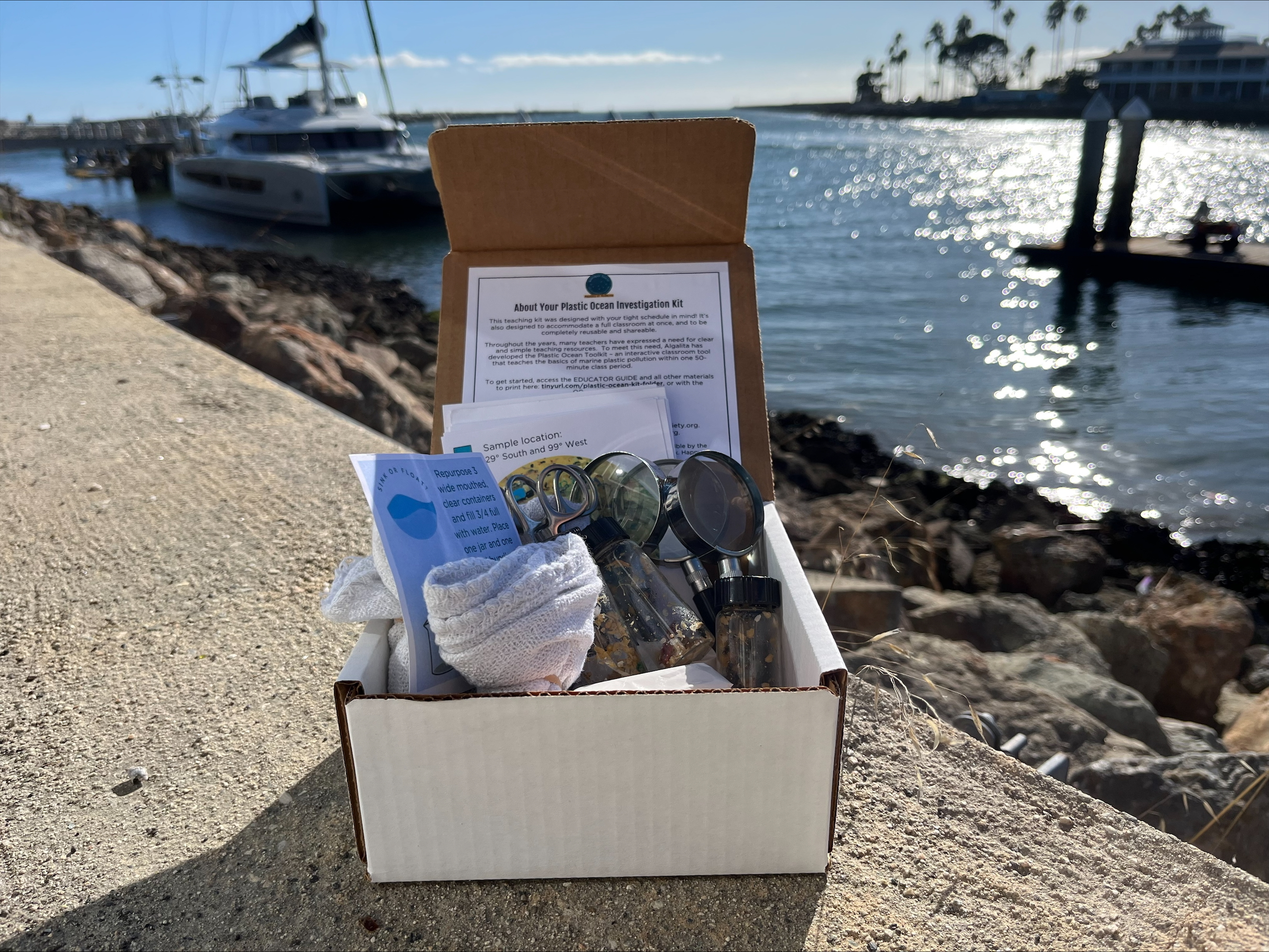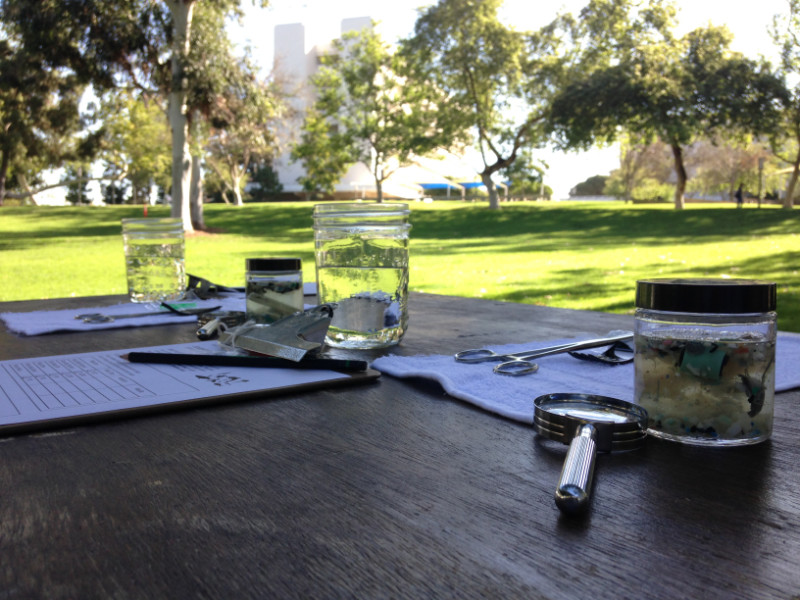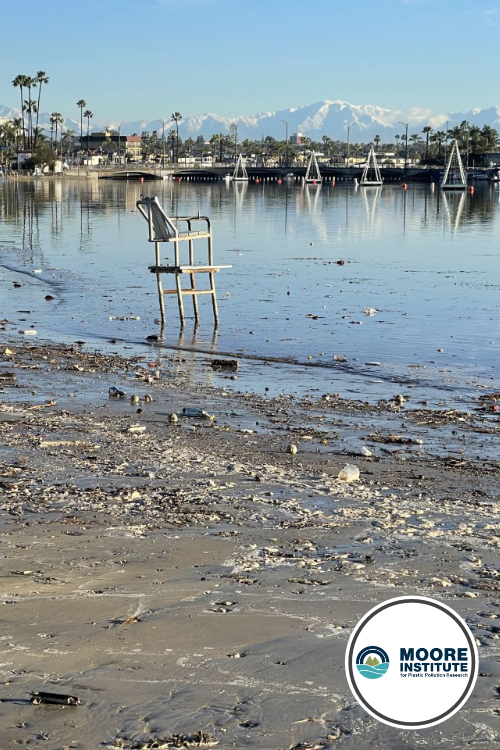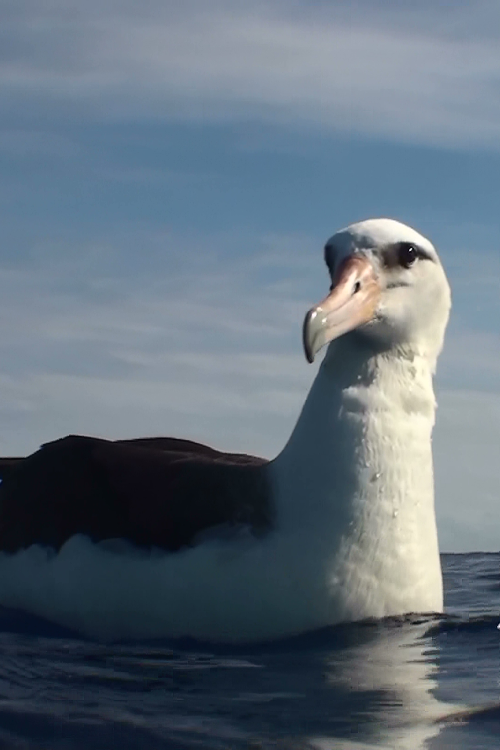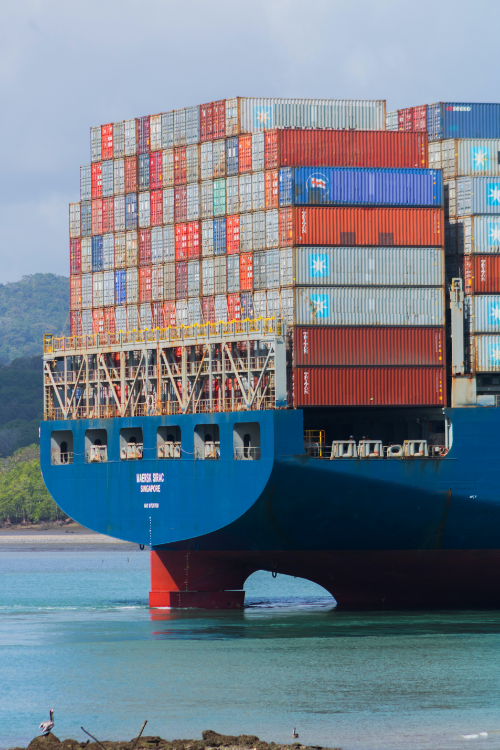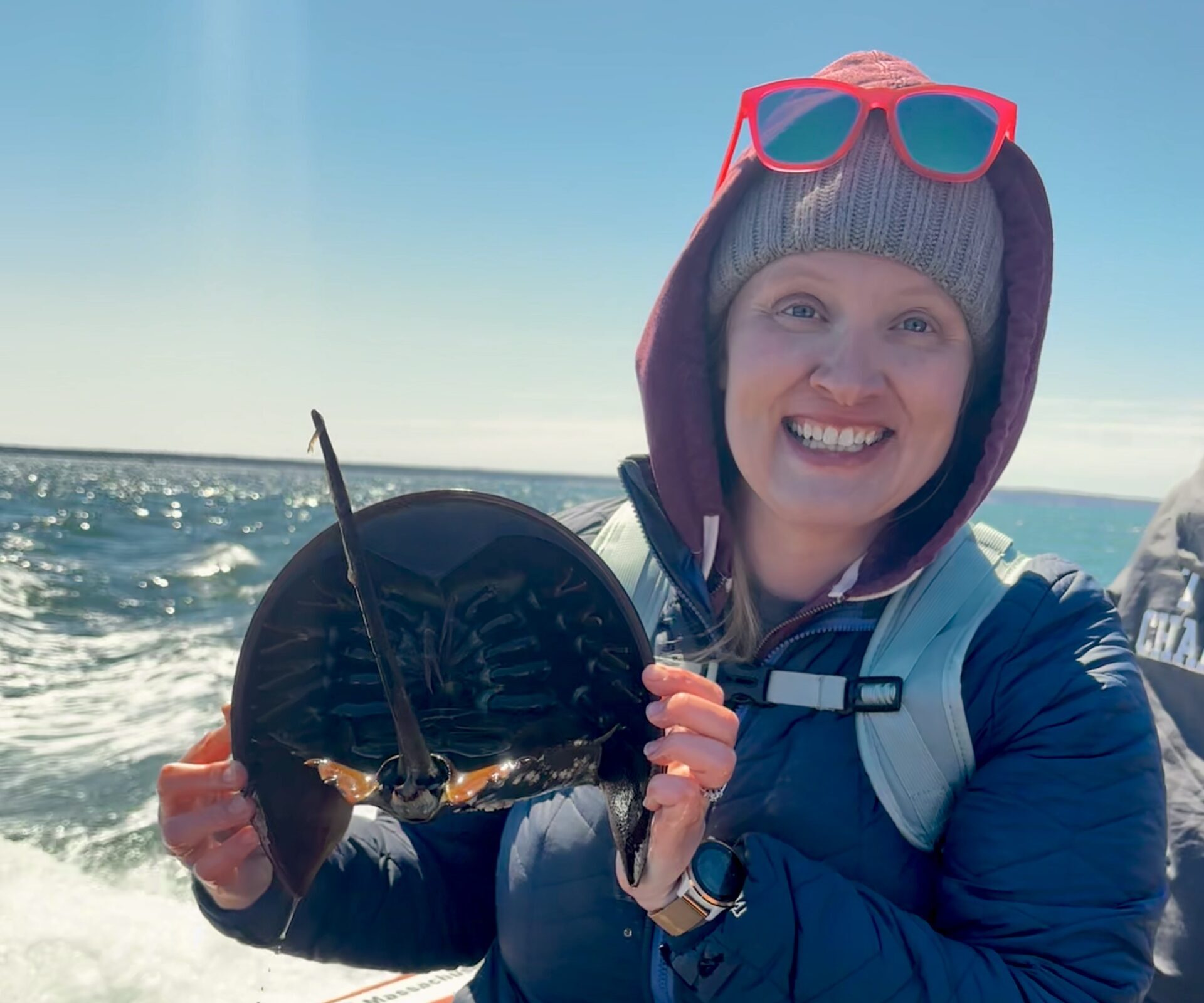
Toolkit
Photo Credit: Algalita
Investigate the impacts of microplastics on our oceans with this hands-on, out-of-the-box teaching kit.
Grades 5, Middle School, High School
Time Needed 50 minutes in class
FREE for public school educators in the USA
**We are Out of Stock for this school year, but you can still request a kit for next school year.
Toolkit Details
What standards does this resource address?
- NGSS MS-PS 1-3 Gather and make sense of info to describe that synthetic materials come from natural resources and impact society.
- AP Environmental Science Unit 8 Water Pollution
What subjects does this resource connect with? General Science, Life Science, Physical Science, Biology, Geography, Environmental Science, AP Environmental Science
What topics does this resource explore? Ocean Pollution, Human Impact on the Environment, Plastic Pollution, Student Action Projects on Waste Reduction, Plankton, Ocean Ecosystems, Density, Gyres, Ocean Currents, Coordinates and Latitude / Longitude
What is in the Plastic Ocean Teaching Kit?
– link to shared Google Drive folder with all printable materials for class copies and replacements
– 1 copy of the Educator Guide
– 1 copy of the Student Workbook and Answer Key
– 3 sets of 3 Station Cards
– Sink or Float Station Materials: 3 sets of plastic item samples, 3 towels, and 3 hemostats
– Plastic Soup Station Materials: 3 North Pacific Ocean water samples containing plastic and plankton
– Tracking Trash Station Materials: 3 sets of microplastic sample image cards
Materials you’ll need to procure
– isopropyl alcohol to fill the water sample vials which have been drained for shipping
– 3 wide mouth, clear containers for the Sink or Float station
Preview a sample of the Plastic Ocean Kit Student Workbook – PDF
Format Serves up to 9 groups of students simultaneously. This kit is designed for schools and is fully reusable and shareable.
Purpose and Context
This easy to use kit will give your students a look at real-world ocean and environmental science!
The Plastic Ocean Kit (a.k.a. the Debris Science Investigation Kit) is an all-included, prepared activity for educators to use in the classroom. Students rotate through three hands-on activities, including studying microplastics in an ocean gyre sample, investigating the densities of various plastics and their effects on ecosystems, and mapping out where we find plastics in our oceans. Each activity includes a station card with background information, a student worksheet with investigation instructions, and 3 sets of materials for that station.
Algalita Marine Research and Education have been investigating and educating about ocean plastic pollution for over 25 years. This teaching kit is our most popular teaching resource and has been distributed to over 2,500 classrooms across the US.
Instructions
Prepare Order a kit with the link above. Once you have your kit, just follow the Educator Guide to set up the lesson!
In class
Screen the 6 minute introductory video.
Group your students into 9 groups that will rotate through 3 stations. At each station, students read the station card aloud, then follow their workbook instructions for each activity. Each activity should take about 10-15 minutes.

Station: Sink or Float includes common single use plastic items and a jar and hemostats to test their buoyancies.

Station: Plastic Soup contains a real ocean sample collected on an Algalita expedition.
Station: Tracking Trash includes clue cards of samples collected around the world’s ocean to locate on the world map.
Discussion Ideas The student workbook includes a follow-up reflection and action activity: creating a Public Service Announcement about the issue of plastic pollution.
Tips and Suggestions
- This kit is designed to be completely reusable so you can share it with the other teachers in your school or department!
Associated Standards
NGSS
MS-PS 1-3 Gather and make sense of info to describe that synthetic materials come from natural resources and impact society.

Students using the Plastic Ocean Investigation Kit at the Children’s Water Education Festival in Irvine. Photo Credit: Algalita
“Algalita’s teaching kit was the most well-designed “kit” activity I have ever used. Most things like this have to be tweaked so much before actually using. This could be used right out of the box. Well done!”
-Brett Wiley, High School Biology teacher in Long Beach, CA
Related Resources
Lesson: Trash Cam LIVE
Monitor plastic pollution in Alamitos Bay and find out how environmental conditions influence the flow of plastic through the environment.
Co-created with Moore Institute for Plastic Pollution Research
Grades 4 and up
30 to 60 minutes
Lesson: Sources and Sinks
How does plastic get into and impact ecosystems?
Grades 4 and up
30 to 60 minutes
Explore more
Take a Swim in the Plastic Soup
Take a virtual swim through a plastic pollution accumulation area in the North Pacific Ocean.
Learn more
What are lanternfish?
Learn about a little known yet important fish species.
Learn more


